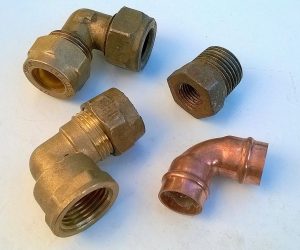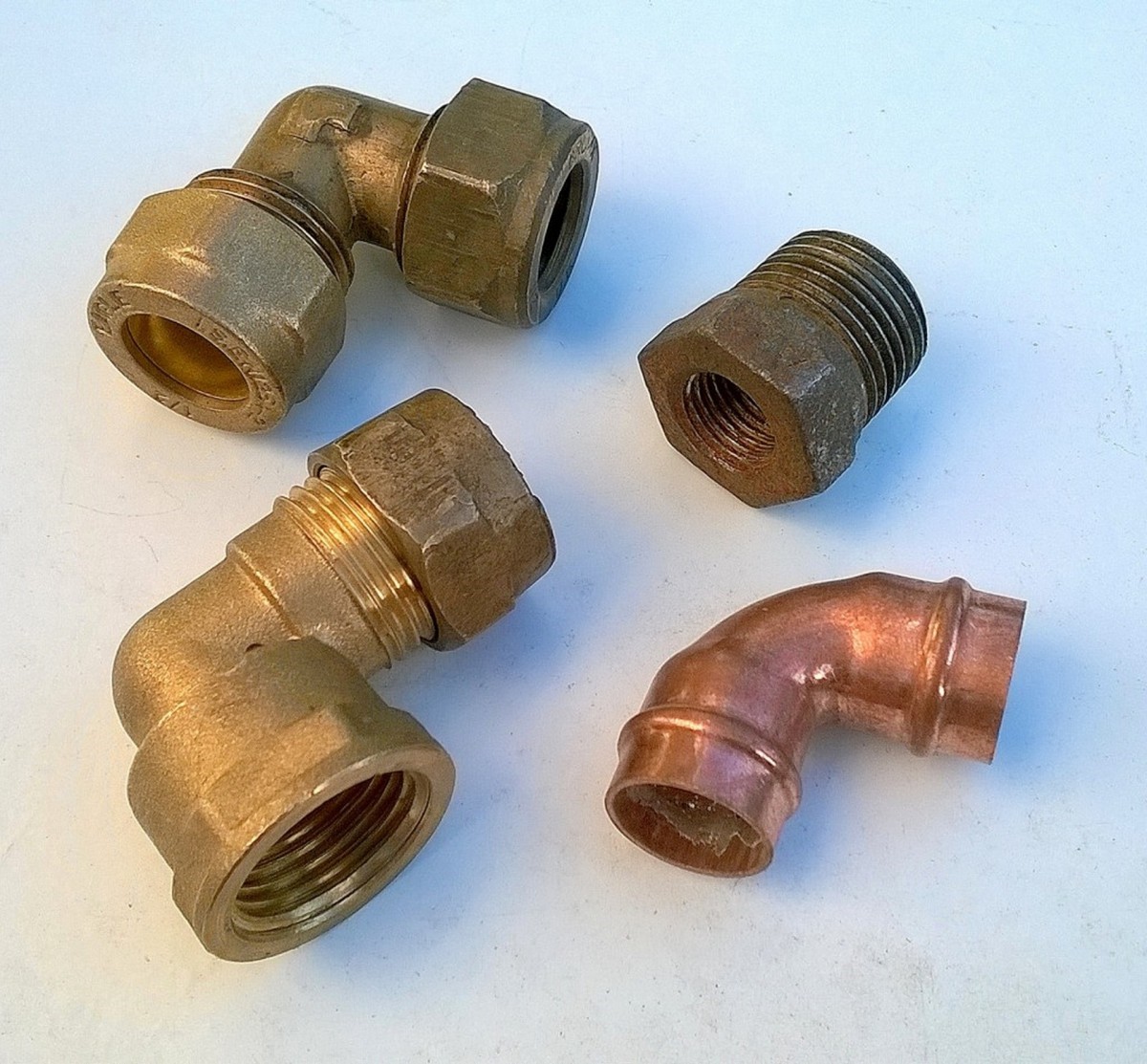When construction and plumbing materials need to be bent, the right machine needs to be selected to do the job.
There are pros and cons to both hot and cold bending machines, depending on the type of material you need to be bent and the angle of the bend required.
Hot bending
Hot bending is another name for induction bending. These machines are highly effective at bending pipes because they are fast, precise, and make few errors.
By heating a certain point on a pipe, induction bending enables the pipe to be bent without very much effort. No filler is required in the machine, which prevents a good deal of distortion. The heating process is the most time-consuming element of the process; however, after this, bending is quickly achieved.
A couple of downsides are that the materials need to cool down after hot bending and the machine is often more expensive than a cold bending machine.
Specialists such as http://www.cotswold-machinery-sales.co.uk/euromac/horizontal-bending-machines/ provide a wide range of horizontal bending machines for the fabrication and sheet metal industries.
Cold bending
Cold bending is done by machines without inducting any heat into the material to be bent. These machines will generally wrap a pipe or sheet of material around a shape with a force that causes the pipe to bend.
This process is quick and the materials don’t need to cool down afterwards; however, cold bending can have disadvantages if materials are fragile. Radical bends are also not possible with cold bending. In most cases, the machine will need to be filled with sand to achieve any bend that could be considered extreme.
Cold bending machinery is usually lower in cost than hot bending machinery, as it is less complex. This can make it an attractive option for smaller companies.
It is important to take the relevant safety precautions when using metal bending equipment, whether hot or cold, including point of contact guarding and being aware of potential hazards.
When you need a bending machine, it makes sense to work with a supplier with experience and knowledge of the different options that could meet your needs. This will enable you to consider all the pros and cons of both hot and cold bending before you invest in the right equipment for your needs.


